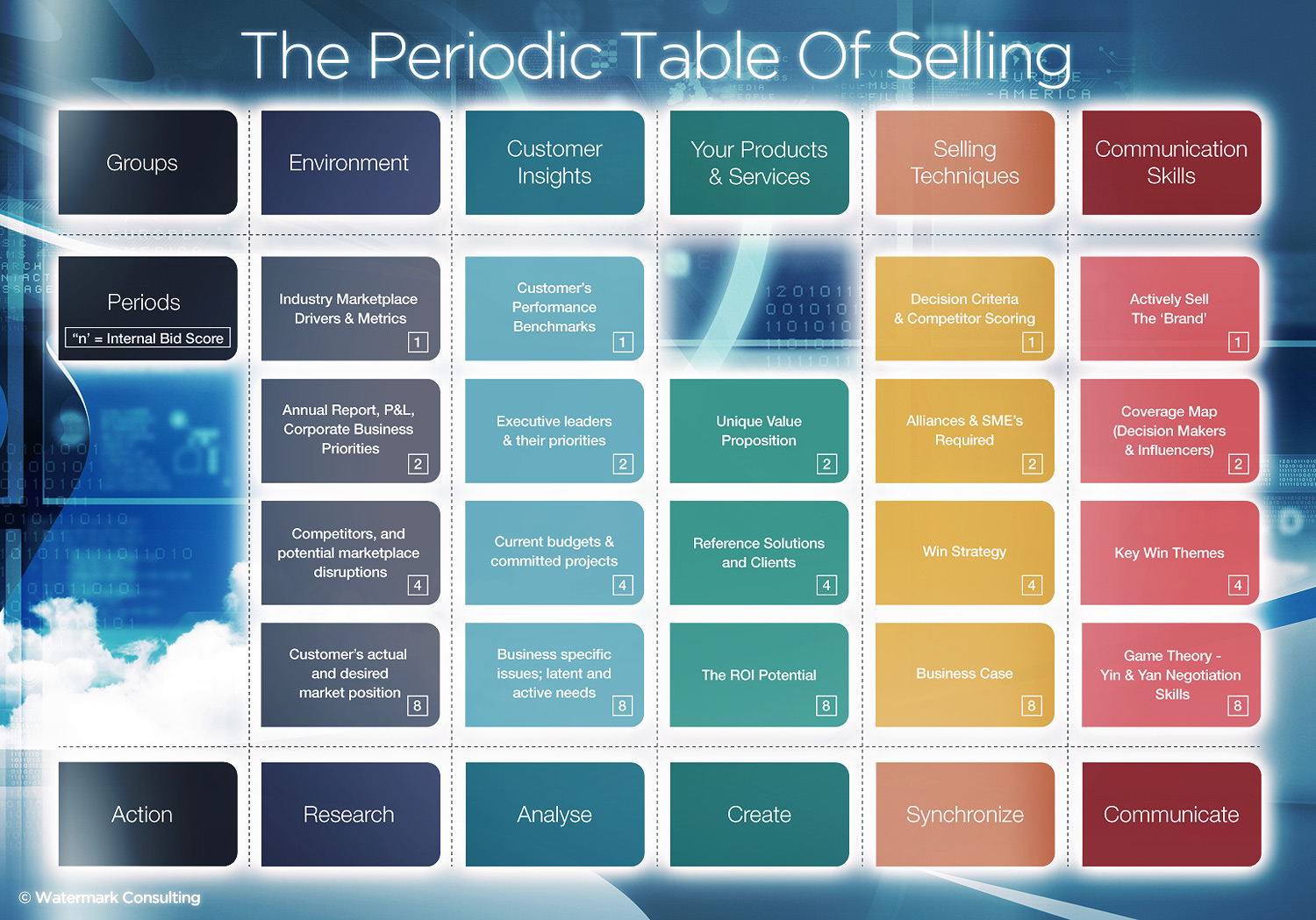Talent Management lessons learned for Sales and Human Resources leaders.
Over the years I’ve been involved in a number of projects which included making use the Challenger approach published by the Corporate Executive Board (CEB). The initial projects were started soon after the white paper on “Challenger ™” selling was published in 2009 so a lot of the methods used were custom developed. Today the range of Services from CEB’s Sales Effectiveness Solutions team address these issues and can help clients with the change management actions required. Details of the client and location are not included in the observations below for confidentiality reasons.
The problem:
A team of 23 sales people and 4 managers were underperforming against sales targets, and the problem had existed for quite some time. The team’s sales results were flat for 3 years in a market which was expected to grow 10%+ per annum. We were bought in by the executive sponsor to diagnose and recommend an approach to address the issues. We undertook an analysis of each individual, focussing on their professional history, results over 3 years, 360 degree feedback, sales effectiveness within their current pipeline and account planning. Issues existed across just about every important topic ranging from internal alignment, key account management, selling skills, coaching, performance management and front line sales management. As we worked towards a view of each individual we used the data to categorize each person according to the 5 sales person profiles published by CEB. Our conclusion was the team consisted of 3 challengers, 2 lone wolves, 5 hard workers and 13 relationship sales people*. All 4 of the managers were relationship oriented, and none demonstrated the innovation and coaching skills required to land big deals. The 2 lone wolves who were recent hires, had entered the organization as challengers in our view, but due to their discomfort with the organizations culture and leadership, they had distanced themselves from interacting with others and morphed into lone wolfs. The 3 challengers were the only individuals ahead of their YTD sales revenue targets.
Actions taken:
We had no choice but to set expectations with the executive sponsor that i) this was going to take at least 12 months to fix; ii) the sales team had no chance of making their full year numbers and iii) we needed to start by replacing the sales managers, all of whom were long time employees. This generated many long and difficult executive discussions, but the problem was so clear and substantial there was little else we could suggest. The CEB Challenger™ research and evidence was critical to explain the issues.
With approval in principle we proceeded with a turnaround plan which in the end took 2 years to reach the stage where more than 50% of the sales team were ahead of plan. The Challenger™ Sales model was the central theme of the new sales model and we focussed heavily on embedding this thinking in all talent management activities, cross team collaboration and account strategies. We replaced all the sales managers, hired or transferred in 10 new sales people. We took special actions to retain the 3 challengers and convert the lone wolfs to challengers. We succeeded in retaining all but 1 of these people.
With new sales managers we drove efficiency and effectiveness changes, and cross-team collaboration to a level of accountability the division had not experienced before. We deliberately selected new sales managers from outside of the organization with proven track records in coaching, and the capability to innovate with customers. The on-boarding of the sales managers was a critical success factor and it was through these people that we drove the change.
Outcome:
We didn’t set world records, but the brand value of the division substantially improved. People from other groups started applying for sales roles in this division. The average revenue per sales person increased by 1.5X after two years; and approximately 50% of the sales team achieved at least 100%+ of their annual sales targets.
Tips & Lessons learned:
The following lessons learned are not intended to offer a comprehensive answer to every action an organization should take. This is a list of the actions we took which were critical to the result or, that we wish we had approached in a more comprehensive manner on this specific project.
-
Any project which involves driving sales growth starts with a clear executive decision and the front line sales managers are a key part of the strategy and solution. If the sales managers need help, then this is priority number 1 for the project. The chapter called “The Manager and the Challenger™ Selling Model” in The Challenger™ Sale* book published by CEB provides terrific insights and evidence to support this point.
-
We created our own capability profile of a Challenger™ sales person inside this division. Broadly we defined the management fundamentals every sales person should use to maintain sales disciplines; the emphasis on teaching, tailoring and taking control as the basis for selling; selling new ideas to customers, and the skills required to be an effective collaborator for big deals.
The vocabulary we used was aligned to HR job descriptions and competency profiles. We made the topics listed in this capability template the criteria for hiring, individual and group education. A lot of the methods and dashboards we developed were tailored to this division because the rest of the organization was growing efficiently.
-
Selling the promise of gain internally and obtaining executive sponsorship from the divisional leader, the HR leader and product management was critical. We used the CEB published research material as our evidence. It became very obvious to the executive sponsor early in the project that the success of the transformation would require substantial changes in accountabilities and value delivered across the entire division and not just the sales team. We celebrated individual progress every month at team meetings, and attempted to make the Challenger™ sales model a key element of the team’s thinking and culture.
-
The Challenger™ model scales across both complex and simple sales. For those sales considered simple, the demand generation team has a pivotal role to create a portfolio of ideas and value which appeals to multiple customers. Our account plan and customer loyalty metrics changed to include insights on strategic issues, how we could help and the return on investment from our ideas.
-
It is possible to train people to become Challengers, although those who are focussed relationships with customer decision makers who also believe this is important proved to be the most difficult to change.
For annual planning purposes the 5 sales person profiles are helpful when attempting determining sales territories for simple and complex selling.
The quality of the insights and ideas in the Account plans generated by the team in year 2 were one of the most personally satisfying outcomes of the project. At that point I believed we had changed their behaviour.
Recommendations if you are planning to address similar sales talent issues:
-
If you have systemic performance issues, then be careful to accurately diagnose and separate the root cause issues from the symptoms. I have found CEB’s Anatomy of a World Class Sales Organization* is an excellent template to use for this purpose.
-
Once the changes are launched, the Sales manager should create a personalized skills development and coaching plan for every sales person to help them through the Sales Model changes. Group education is unlikely to address all of the issues.
-
All new product launches should be aligned to the Challenger™ Sales model and vice versa. New products are tipping point opportunities to create business breakthrough ideas for customers. The Challenger™ sales model is a key lever to help average performing sales people to participate and drive sales of new products.
[csbshare]






